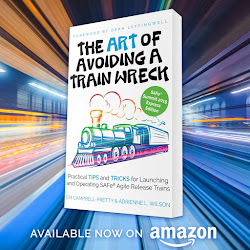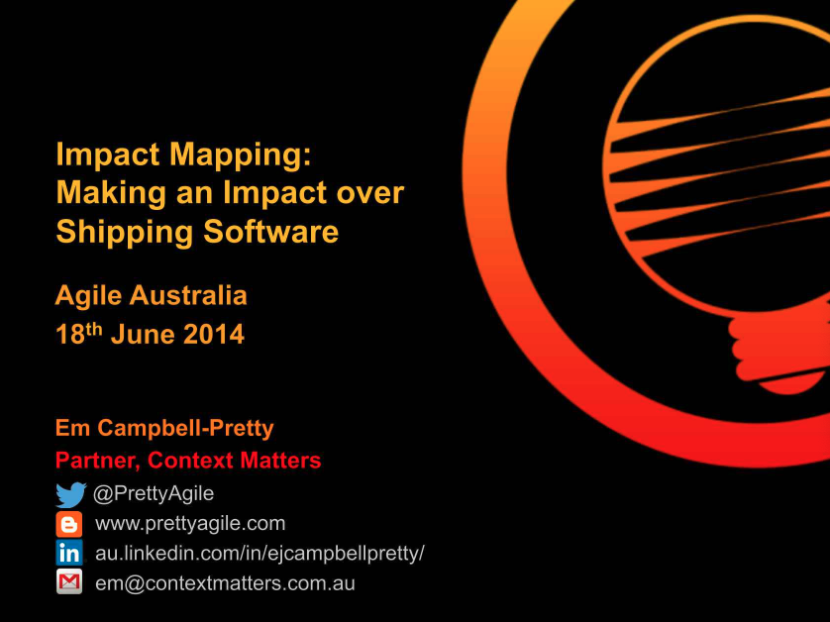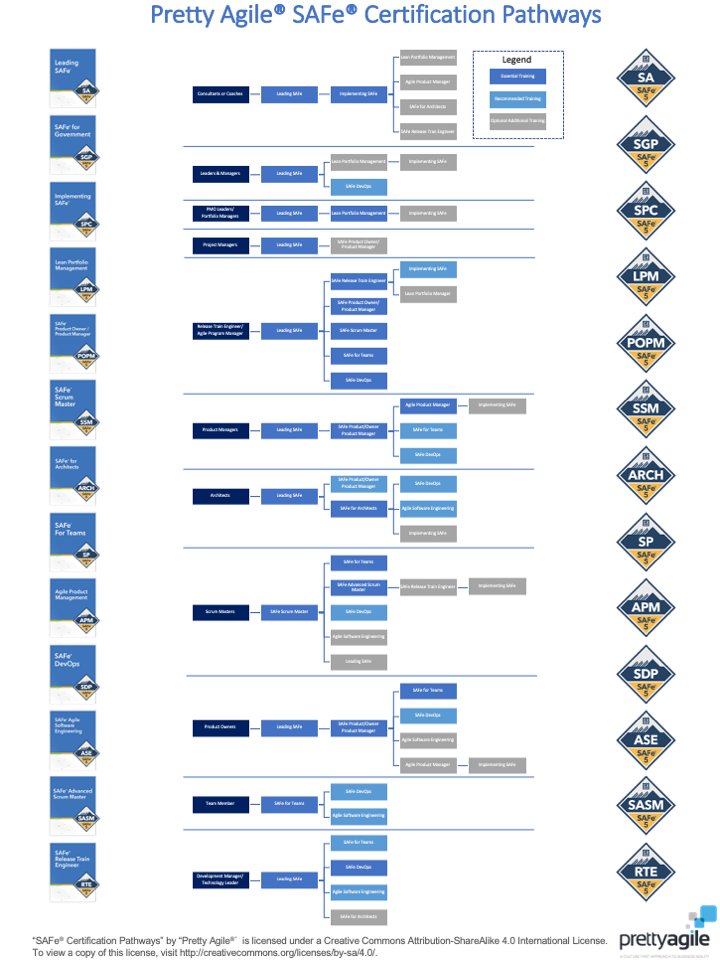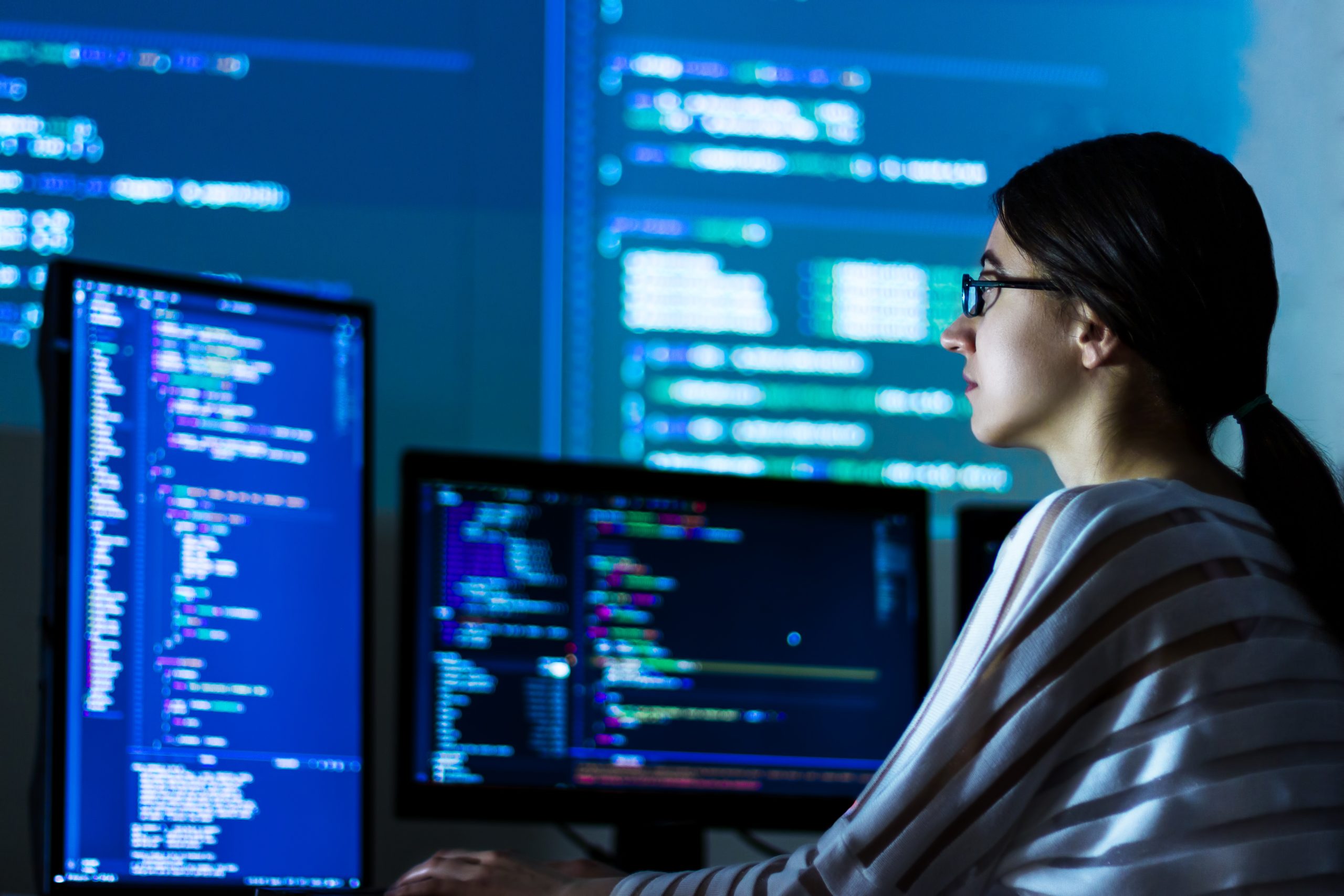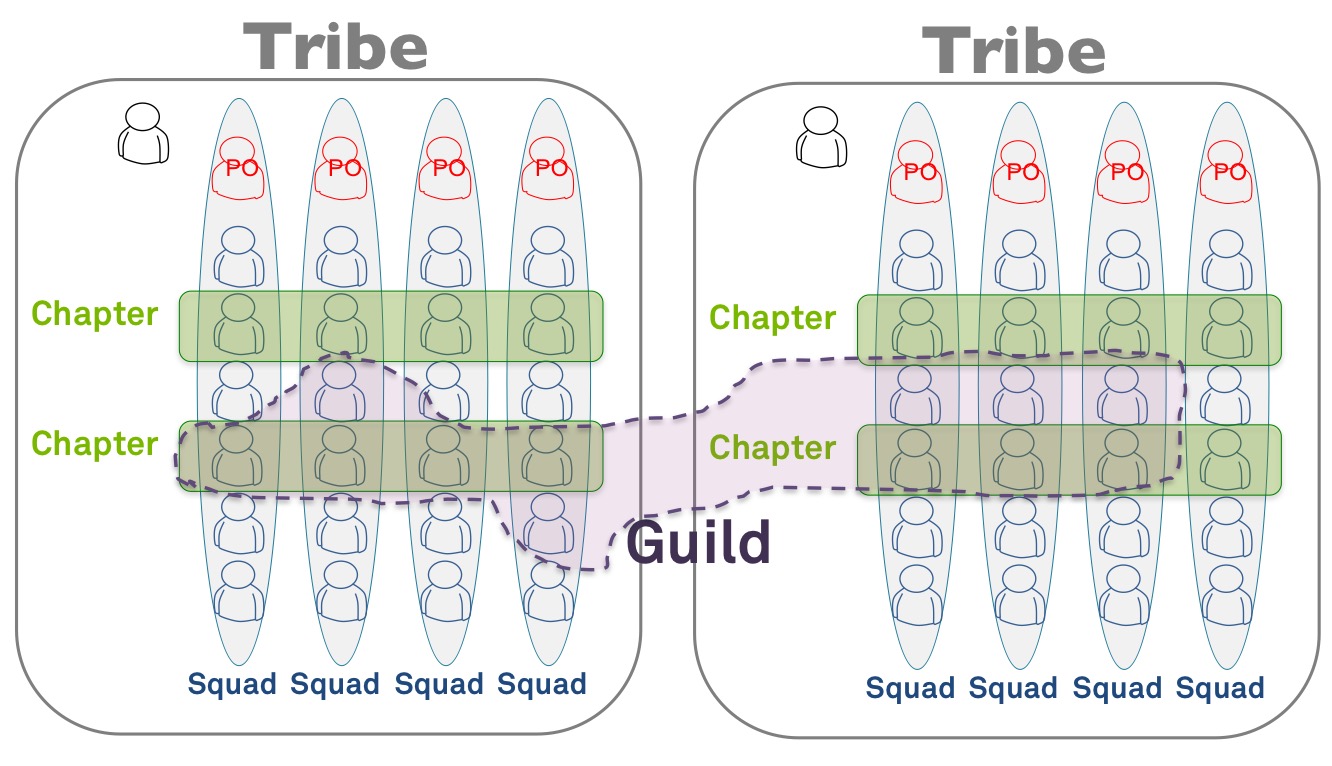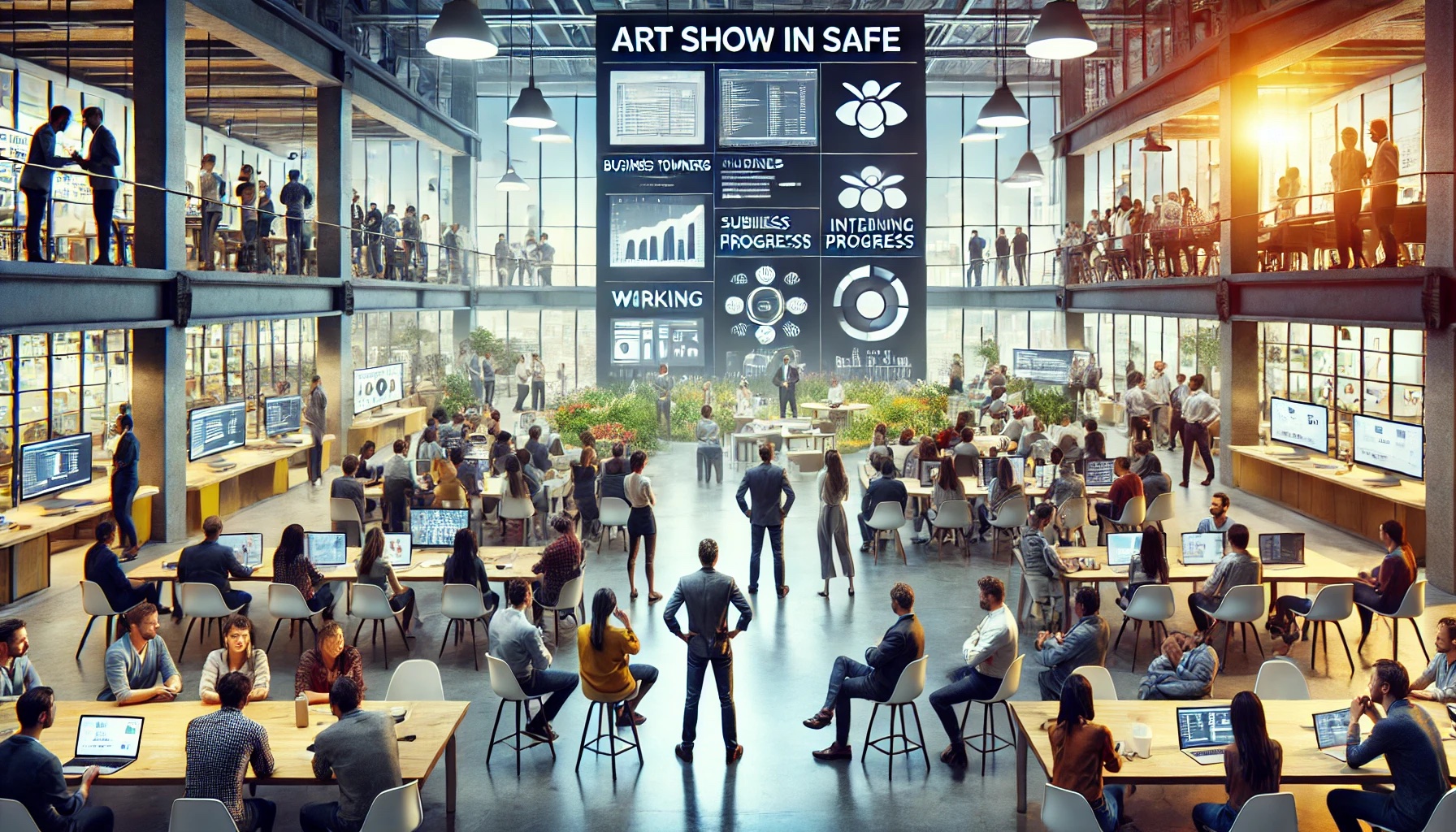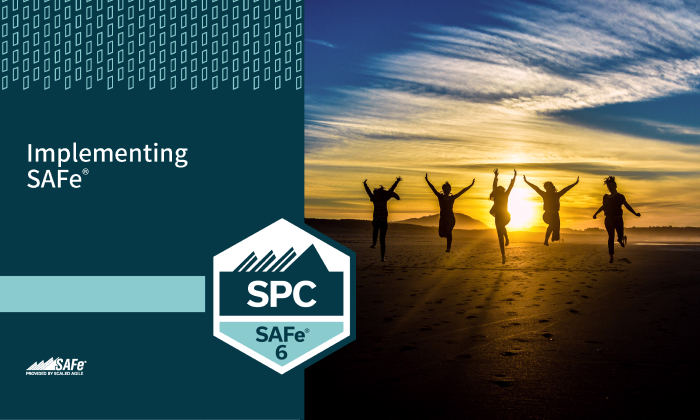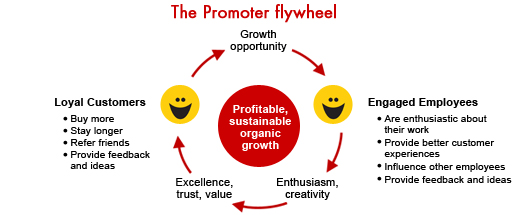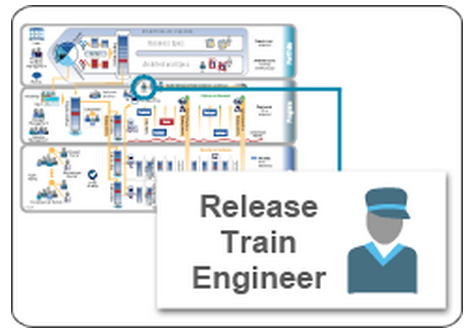- AI-Native Training
- SAFe Training
- Choose a Course
- Public Training Schedule
- SAFe Certifications
- Leading SAFe
- Implementing SAFe
- Advanced SAFe Practice Consultant
- Leading SAFe for Government
- SAFe Lean Portfolio Management
- SAFe Release Train Engineer
- SAFe for Hardware
- SAFe for Architects
- Agile Product Management
- SAFe Scrum Master
- Advanced Scrum Master
- SAFe DevOps
- SAFe Product Owner/Product Manager
- SAFe Agile Software Engineering
- SAFe for Teams
- SAFe Micro-credentials
- Agile HR Training
Where do UX Designers fit in SAFe?
When a person attends their first Scaled Agile Framework (SAFe) class, the first thing they tend to do is look for their current role in the SAFe Big Picture. When it comes to UX Designers, they are quick to notice the Design Thinking and the Lean UX icons and double click, looking for answers.
The Design Thinking article, with its double diamonds, represents familiar territory from a design process perspective but doesn’t talk about where UX designers fit in the dual operating system. The Lean UX article goes a step further and talks about both designers and agile teams, but it is still not clear how they should organise to deliver value.
SAFe also has a related community contribution: Lean UX and the SAFe Planning Increment Life Cycle by Natalie Warner. This article proposes a Lean UX Centre of Excellence (LUXCE) as an organisational construct for the application of Lean UX in SAFe. The underpinning premise is that most organisations don’t have enough UX designers to have one in every team. This certainly mirrors my experience. That said, the LUXCE approach didn’t feel like the right answer, perhaps because it looked a lot like a single-function team.
Those who know me won't be at all surprised to learn that my next step was to revisit my copy of Lean UX (1st edition) by Jeff Gothelf and Josh Seiden. There is a whole chapter dedicated to Integrating Lean UX and Agile. While there is plenty of solid advice in there, that is well worth a read. I took one very simple message away: “For Lean UX to work in Agile, the entire team must participate in all activities…” ipso facto designers have to be part of the agile team. At this point, I am sold. If the solution being delivered by your Agile Release Train (ART) has a heavy user interaction component, you are probably going to need a UX designer person on every team.
If that feels not quite right, you’re not alone: I had the same sense - not every team needs UX design. We also need to consider Team Topologies; after all, this is a conversation about team design! UX is one of the capabilities one would expect to find in every steam-aligned team. In practice, I encountered three challenges when recommending this approach:
- “If the designers are split across the teams, how will we stay in alignment?”
- “We don’t have enough designers.”
- “The agile team doesn’t have time to participate in design activities.”
To address the issue of alignment, I have three approaches in my toolkit that I apply in different contexts.
- The first and most commonly used approach is to form a UX design chapter (or CoP) that meets a couple of times each iteration to share their work and explore challenges.
- Forming a chapter usually involves identifying a chapter lead. In some cases, that chapter lead will join the ART leadership team (i.e., RTE, Product Management, and System Architect). This is the second approach and can be applied without forming a chapter if you prefer.
- The third approach is to leverage the LUXCE concept and form an enabling team to support the designers (and the chapter) with standards and UX runway, similar to how SAFe Architects support Agile Teams. This is mainly applicable to large organisations with a significant design function.
While this addressed part of the problem, the challenge of the limited number of UX designers continued to occupy my mind.
Last year, James McEvoy presented a session at the SAFe Summit Nashville: A Miracle Occurs - How We Found Design in SAFe. I was particularly interested in hearing from James, who leads a design function in an organisation using SAFe, so I turned up and sat in the front row!
During the session, James shared that he, too, had found that many companies do not have enough designers to support all their agile teams. However, he went on to point out, with reference to Marty Cagan’s book Inspired: How to Create Tech Products Customers Love, that leading design companies do not have this problem! Leading design companies have an approximate ratio of one designer to every ten developers, and if you have this ratio, you would have enough designers to support the development teams.
Inspired by James, I dug out my copy of Inspired (1st Edition) and reread the chapter on design. The way Marty Cagan explains the involvement of the designer underscores my belief that UX design belongs in the agile team. He says, “The interaction designer needs to be on hand and deeply involved all the way through the project, from the beginning to launch. Hundreds of detailed questions will come up during development and test—having an interaction designer there to make the right decisions immediately is critical;” Now that is a strong argument for including UX design in agile teams! If you don’t have enough UX designers, you need to solve that problem!
That leaves “the agile team doesn’t have time to participate in design activities”. While this may be true, do they have the time not to be involved when the alternative is a handoff? I decided to have a look at the third edition of Lean UX, released in 2021, to see if the thinking had evolved. I found that Gothelf and Sieden had doubled down, listing three structural elements that are critical to succeeding with agile and Lean UX:
- “A dedicated designer on every team.”
- “Design and discovery work is a first-class citizen of the backlog.”
- “Cross-functional participation in learning activities.”
I think this speaks for itself. This is consistent with our belief that for agile teams to be effective, they must have all the skills necessary to deliver on their mission, and they should collaborate as a team to understand the work and deliver a quality product. Remember—agile is a team sport!
So, where do UX Designers belong in SAFe? If you are serious about design and serious about agility, there will be UX designs in your stream-aligned teams. If you have the scale to warrant it, a LUXCE or enabling team could be added to support the designers with standards and UX runway. Not a particularly complex answer, however, one that is supported by texts that underpin SAFe.


